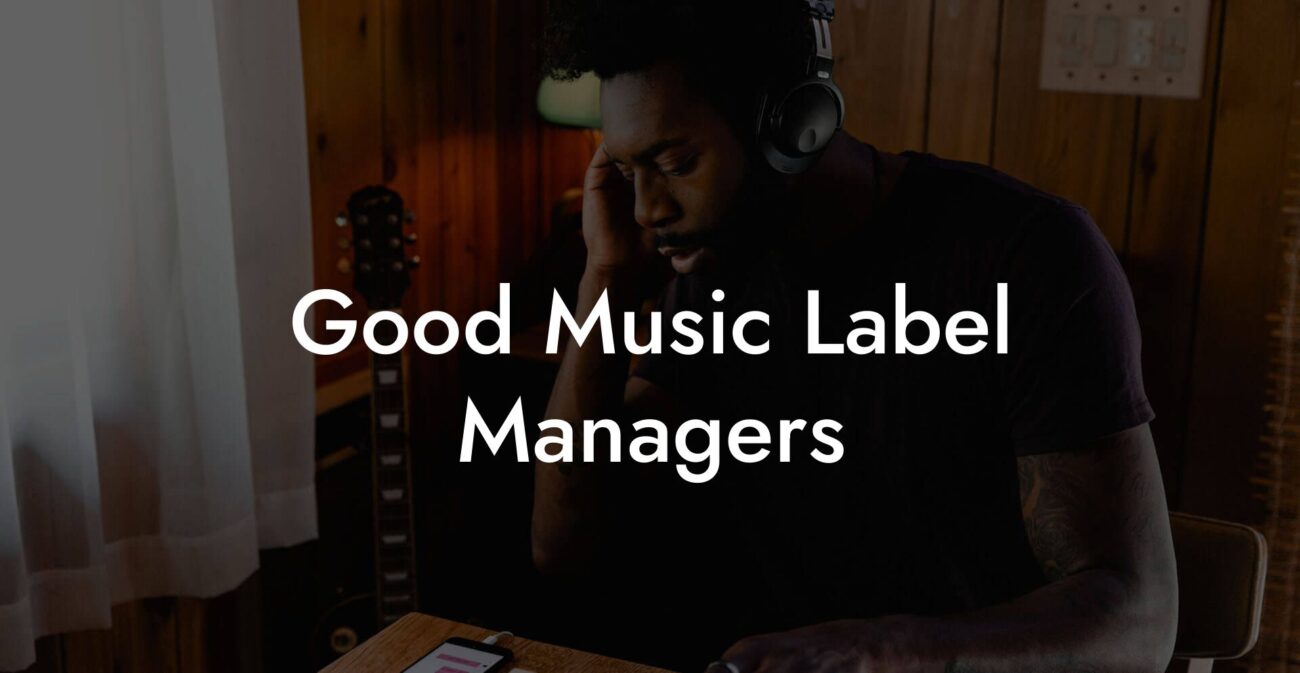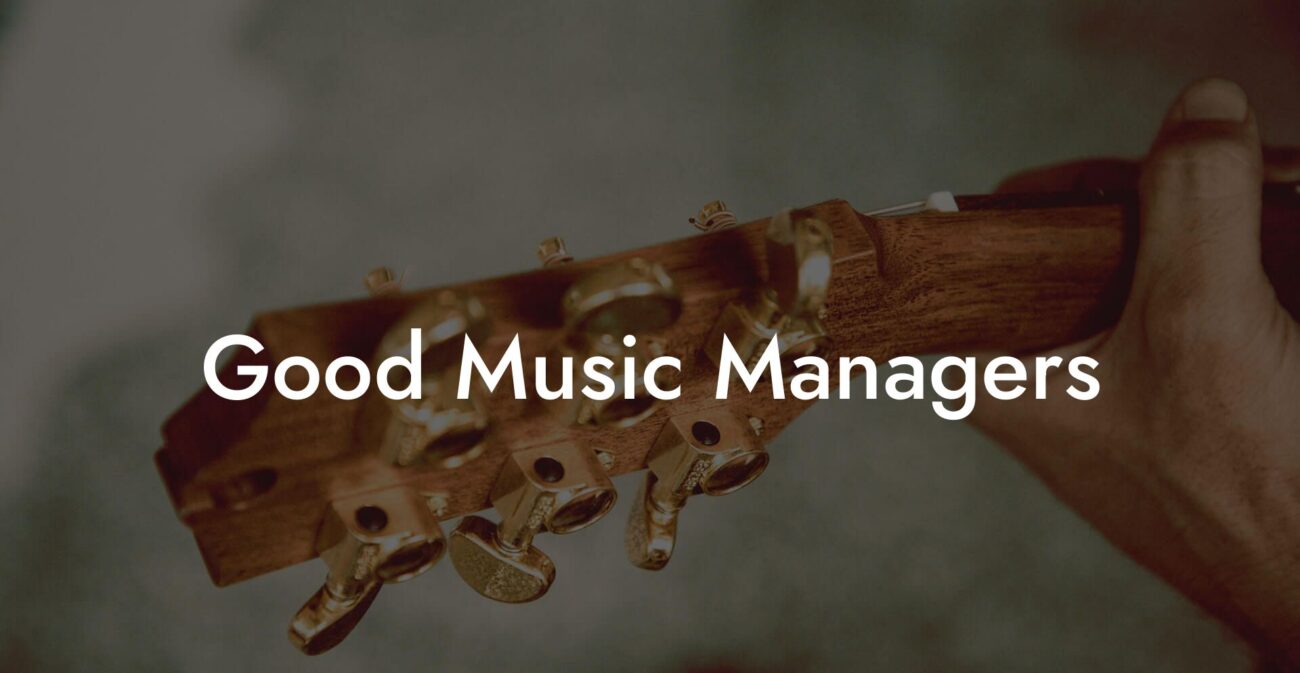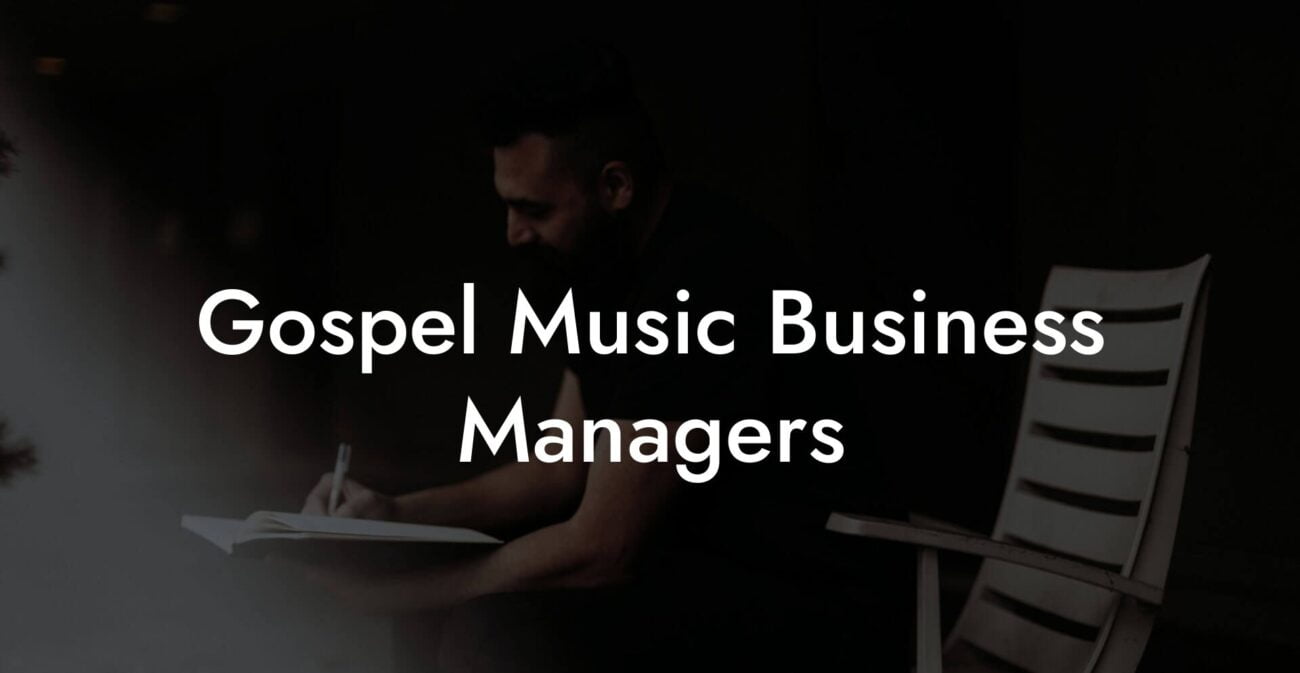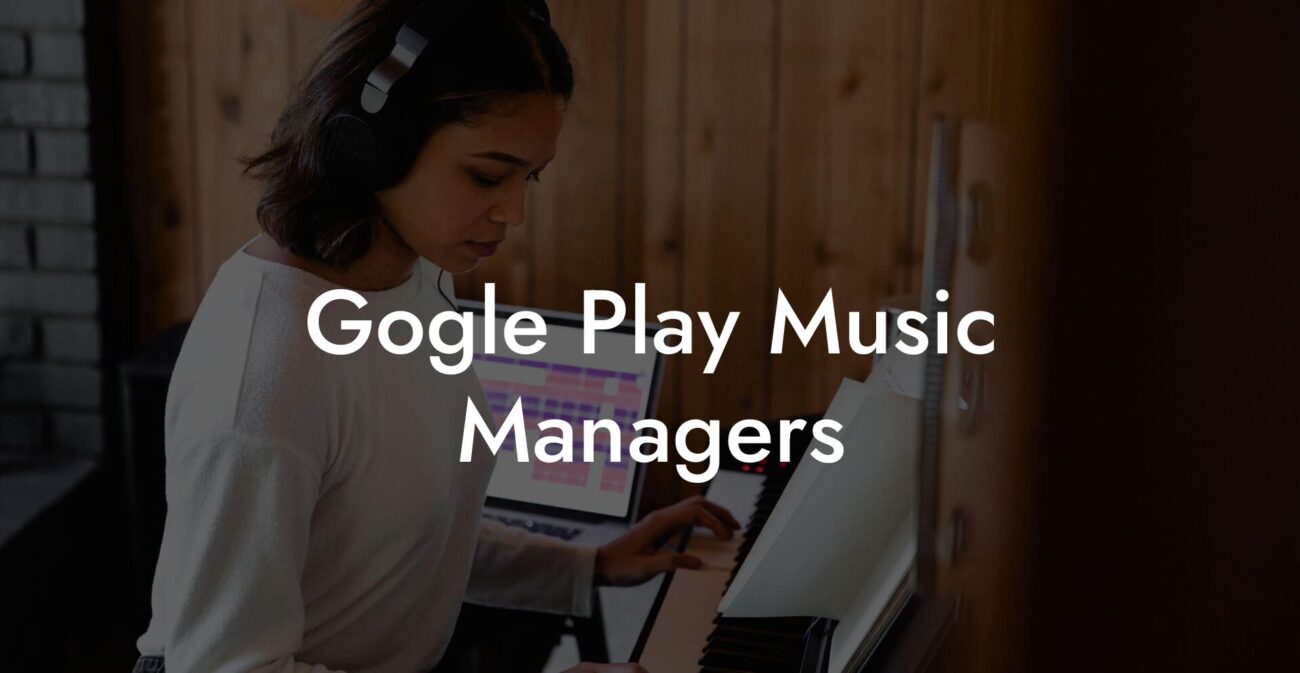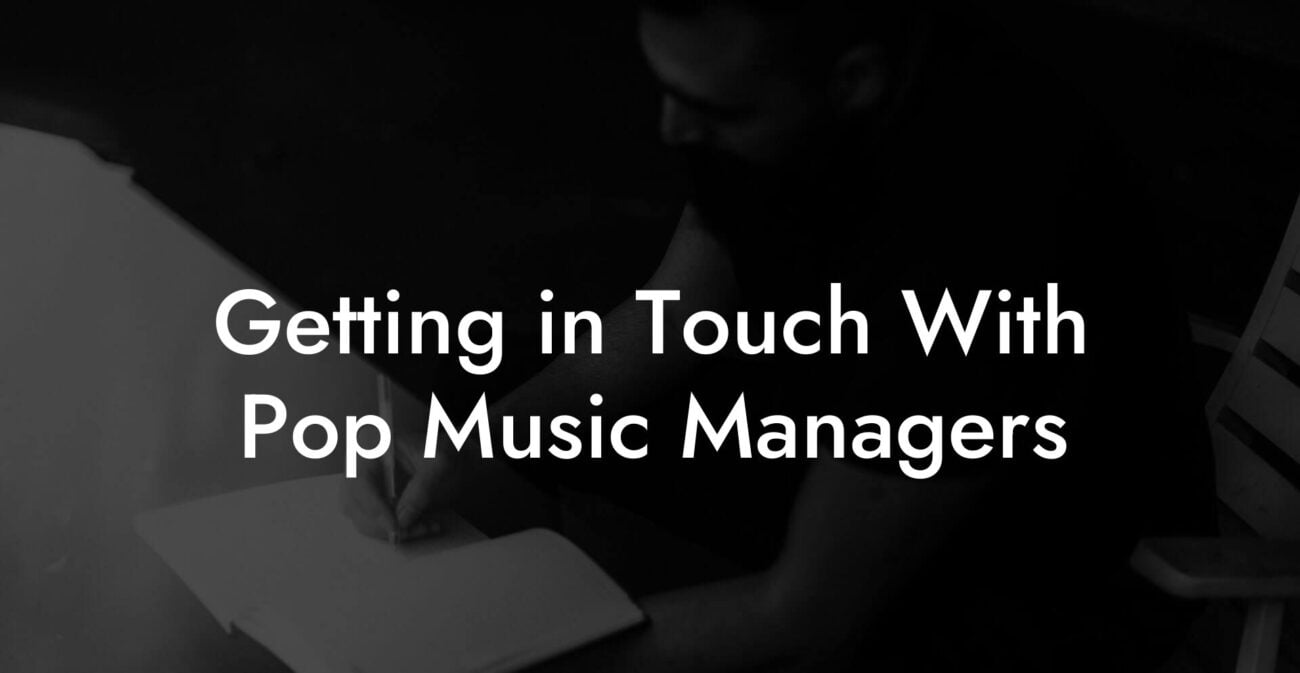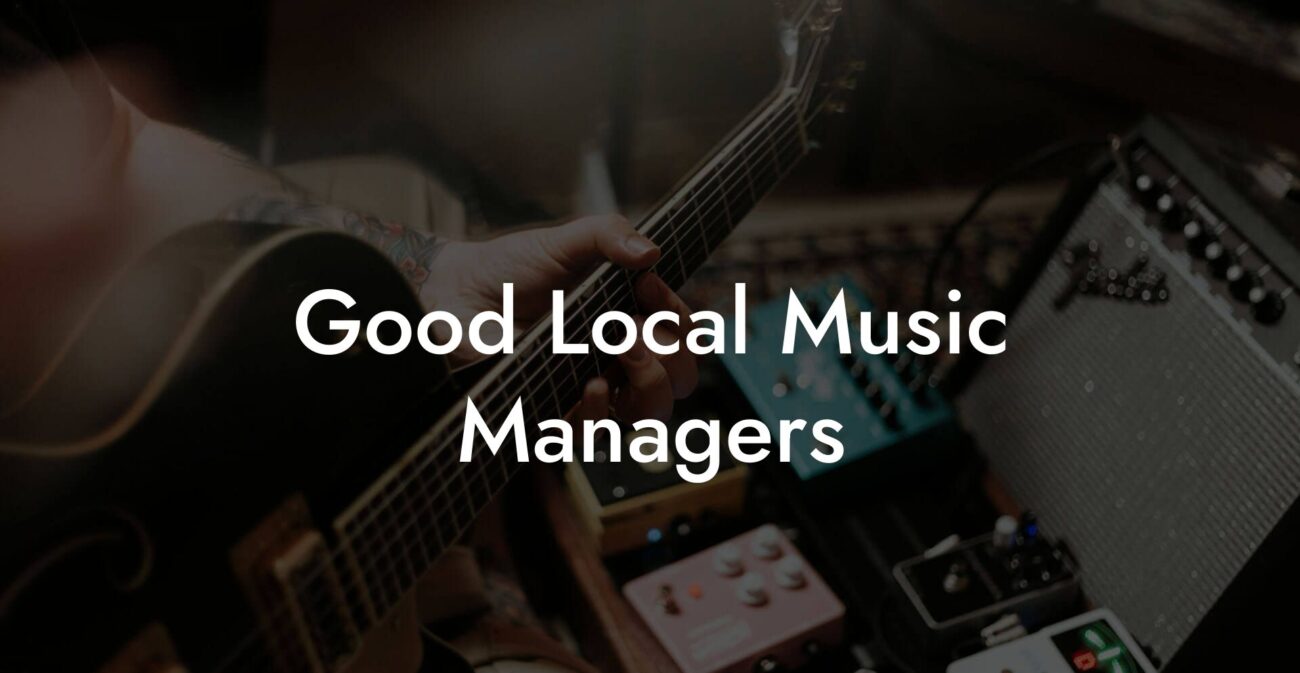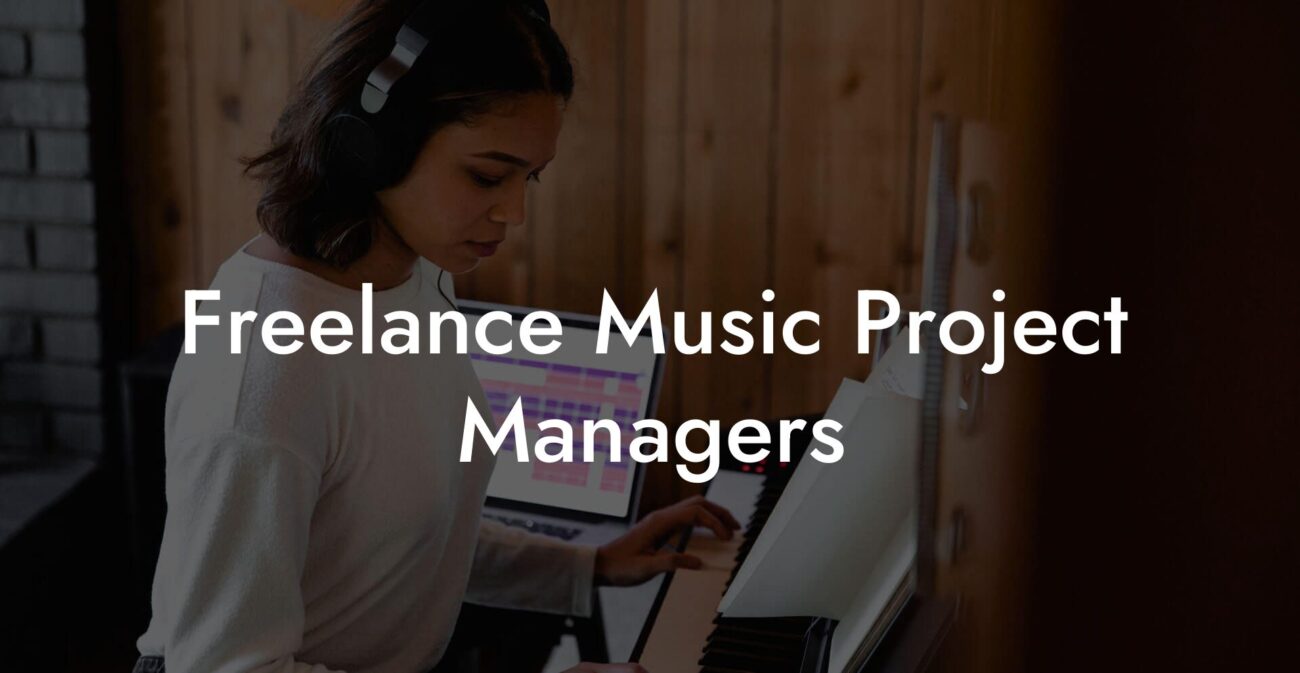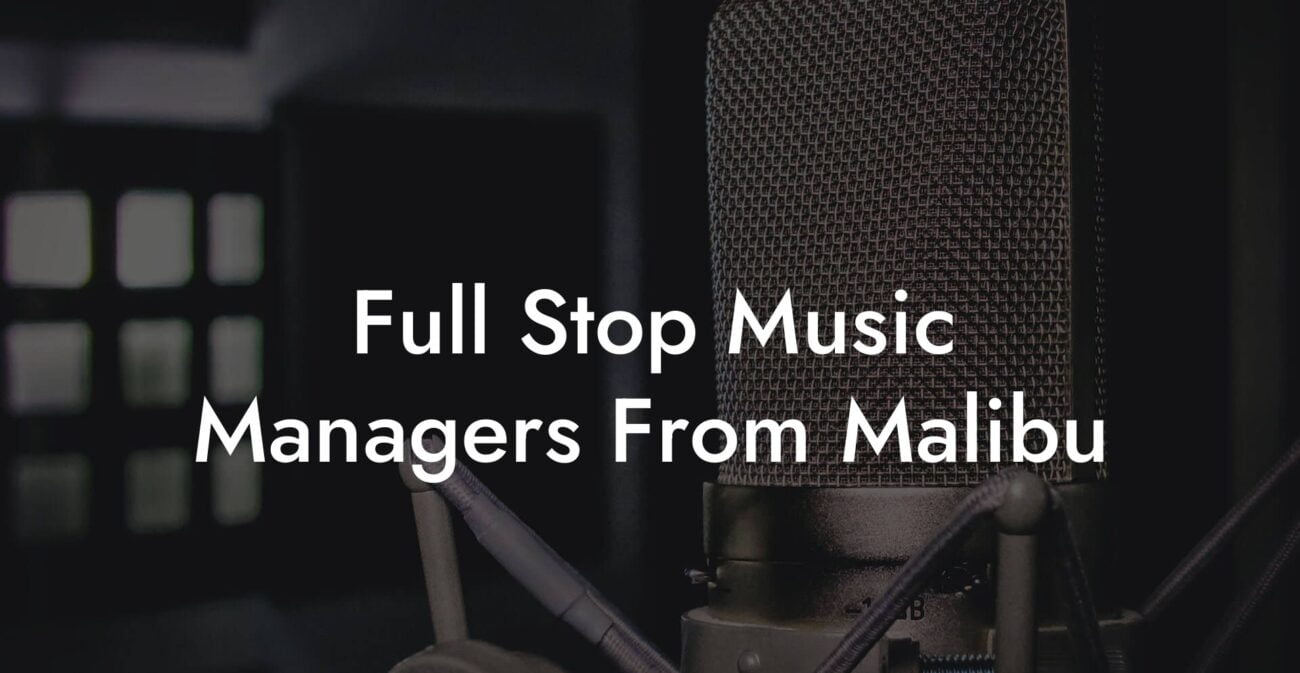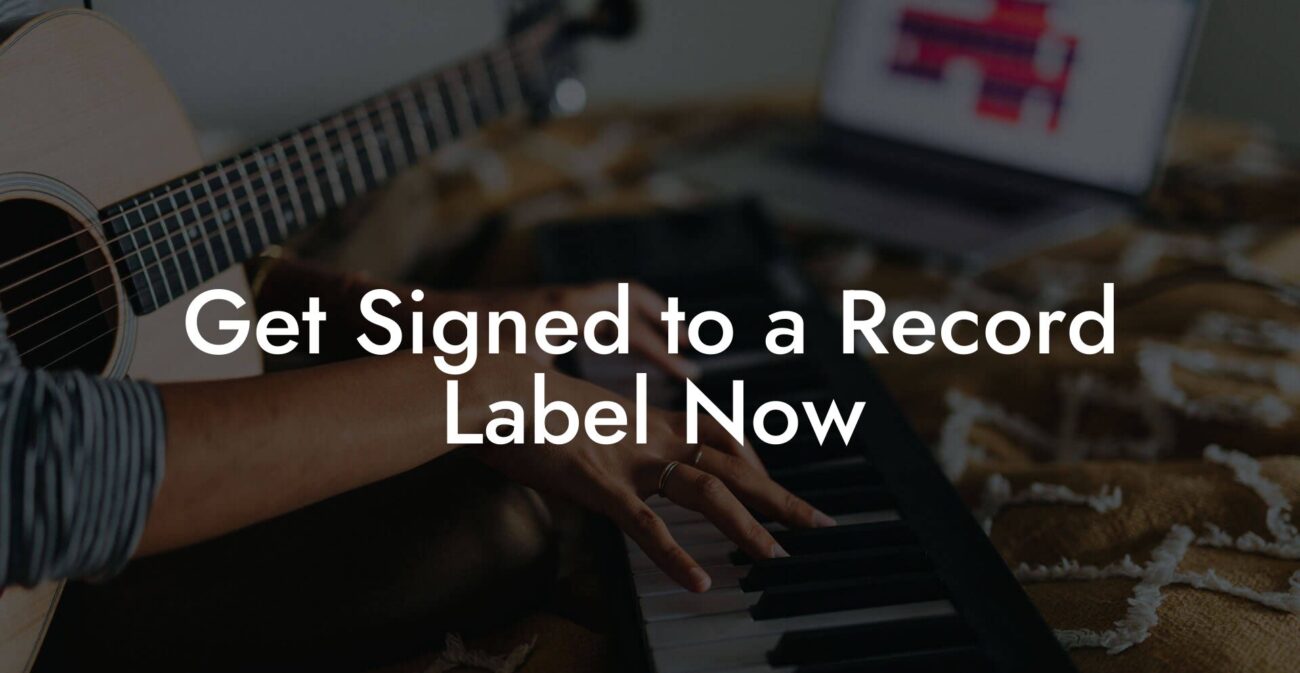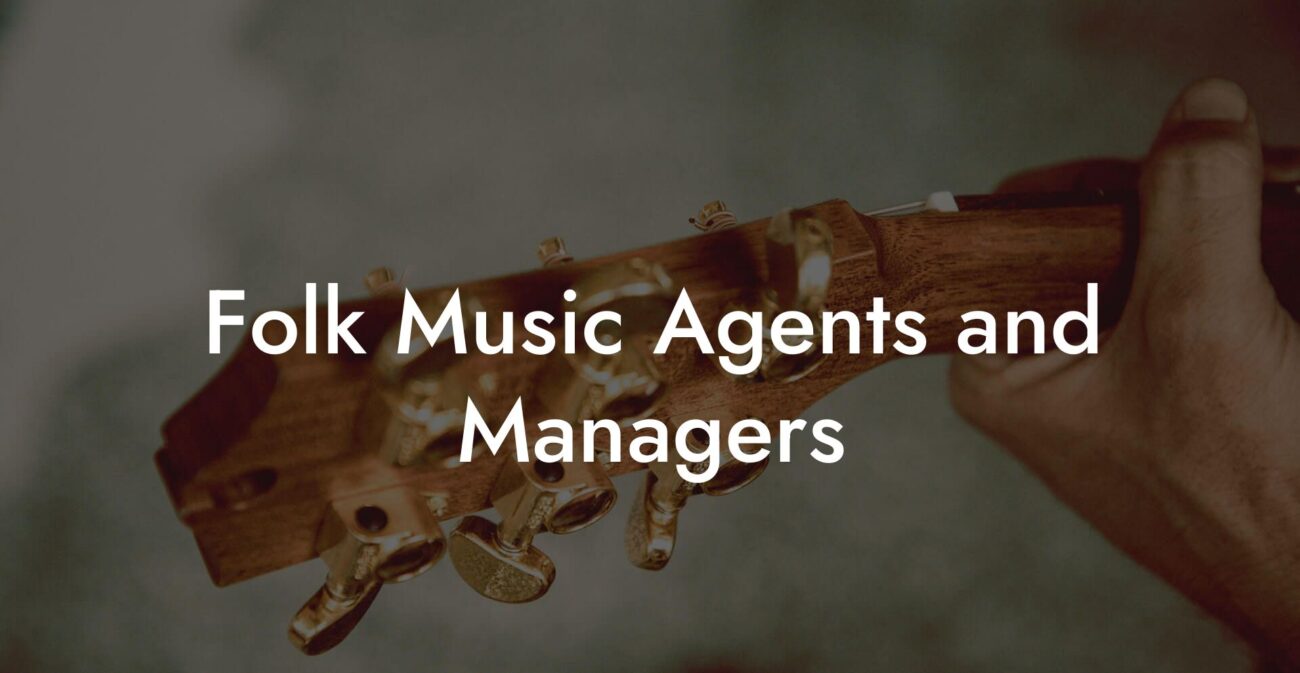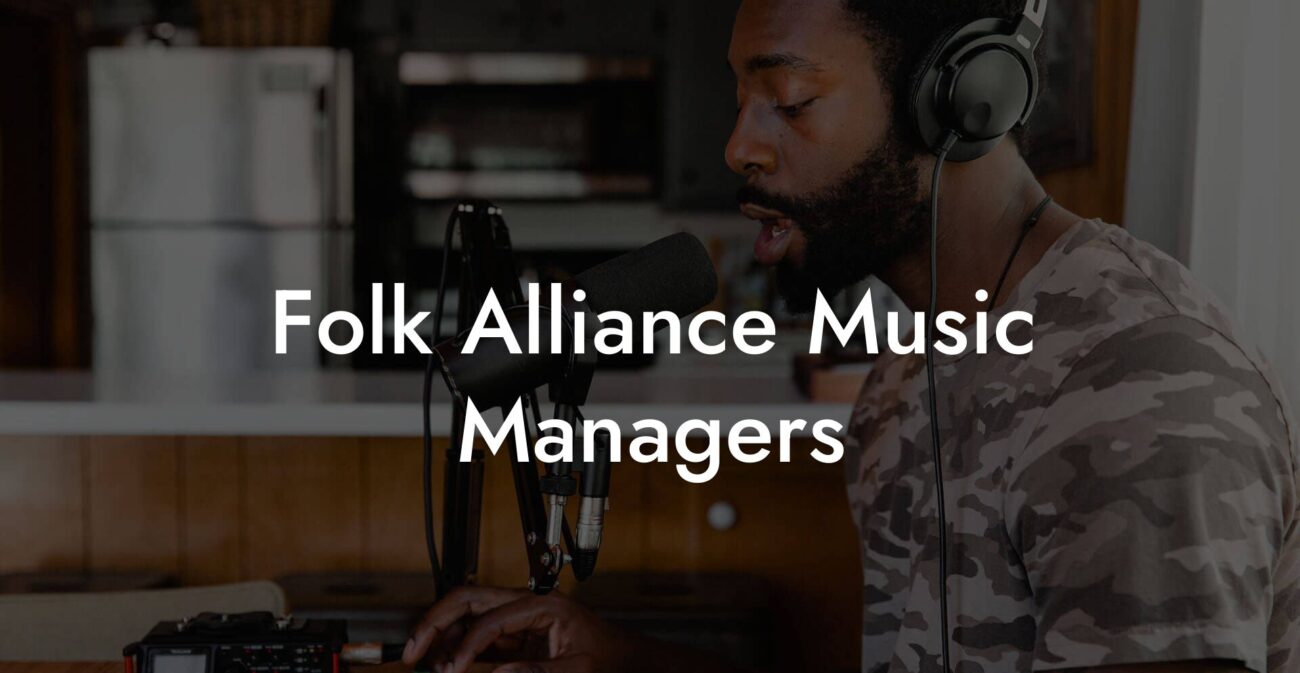Songwriting Advice
How To Write Hit Songs
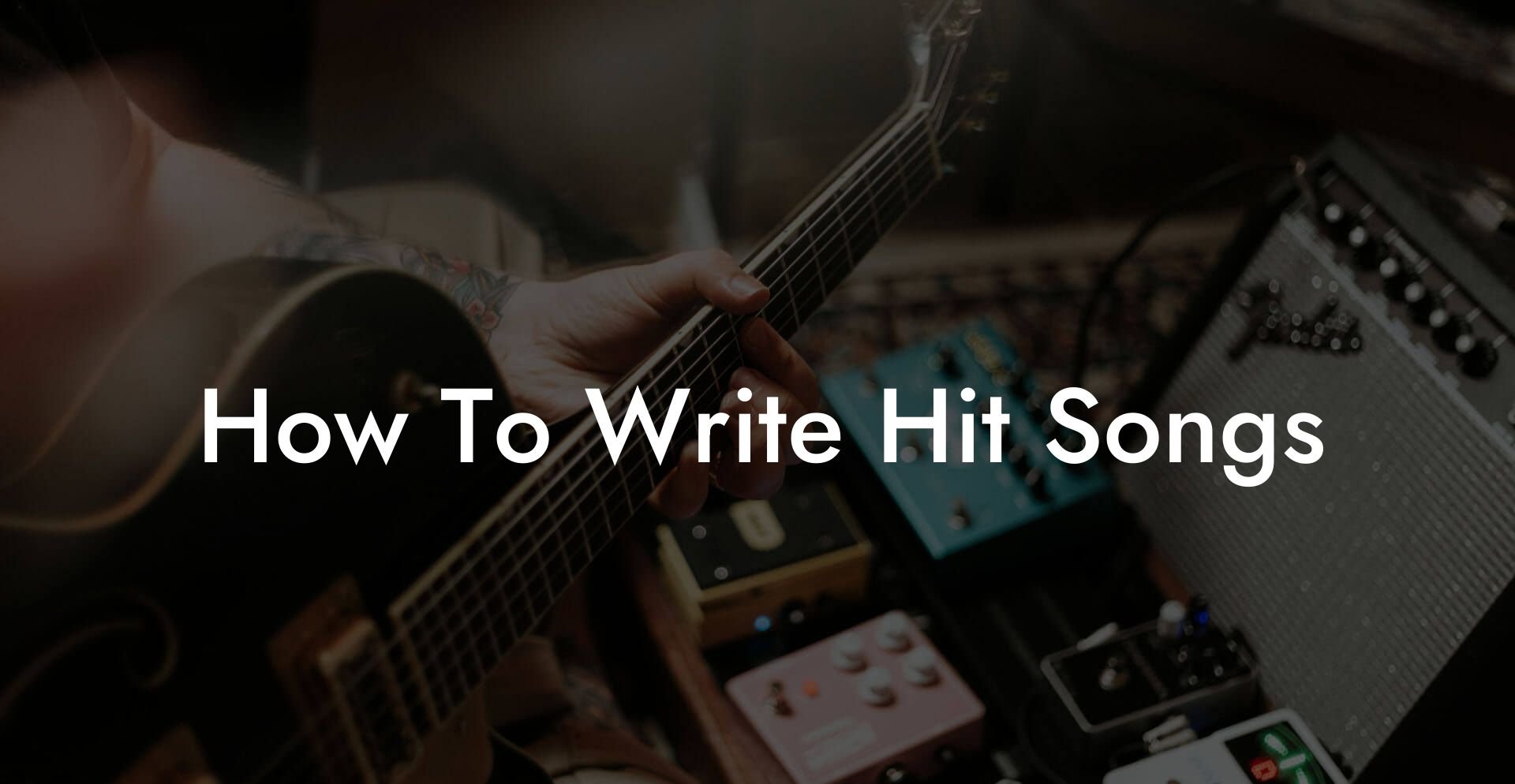
You want a song that lights up a playlist, gets stuck in a friend group chat, and makes strangers sing along on the subway. You want a hook that shows up in dreams. You want lyrics that feel like a private joke with millions of people. This guide gives you a usable, brutal, hilarious plan to write hit songs and actually get them heard.
Quick Interruption: Ever wondered how huge artists end up fighting for their own songs? The answer is in the fine print. Learn the lines that protect you. Own your masters. Keep royalties. Keep playing shows without moving back in with Mom. Find out more →
Quick Interruption: Ever wondered how huge artists end up fighting for their own songs? The answer is in the fine print. Learn the lines that protect you. Own your masters. Keep royalties. Keep playing shows without moving back in with Mom. Find out more →
Quick Links to Useful Sections
- What Makes a Hit Song Work
- Define the Core Promise
- Hit Song Structure That Actually Works
- Classic Pop Shape
- Hook up front Shape
- Short and Sweet Shape
- Write a Chorus People Text Their Friends About
- Melody Craft That Hooks Fast
- Prosody Explained with a Real Life Example
- Lyric Writing That Feels Specific and True
- Rhyme and Sound Choices
- Arrangement Moves That Turn Good Songs Into Hits
- Production Awareness for Songwriters
- Demoing: Make It Listen Ready
- Co Writing and Collaboration
- Music Business Terms You Should Know
- Metadata and Why It Is Not Sexy But It Pays
- Release Strategy For Maximum Impact
- How Streaming Plays Convert to Income
- Pitching Your Song To Industry People
- Songwriting Exercises That Build Hits Faster
- Vowel pass
- Title ladder
- Object drill
- Prosody walk
- Common Mistakes And How To Fix Them
- Case Study Example: A One Hour Hit Draft
- Finish Songs Faster With a Repeatable Workflow
- FAQs
Everything here is written for artists who work fast and want real results. You will find frameworks for idea selection, melody craft, lyric writing, arrangement moves, demoing, pitching, metadata, and release strategy. We explain all acronyms and industry terms in plain language and use everyday scenarios so complex things feel like texting a friend. Expect sharp examples, timed exercises, and an action plan you can use today.
What Makes a Hit Song Work
A hit song is not magic. It is a cluster of human reactions. People sing it. People share it. People add it to playlists and play it when they want to feel something specific. The writing and production create that feeling quickly and clearly.
- Immediate identity A hook or sound that a listener can identify within the first 10 to 30 seconds.
- Clear emotion One central idea or feeling that repeats and deepens rather than changing every line.
- Singable hook A melodic phrase that a casual listener can hum after one listen.
- Memorable title A short phrase that answers the emotional question of the song and is easy to repeat.
- Good prosody Words land naturally on beats so the music does not fight the meaning. We will explain prosody below.
- Smart distribution The song reaches the right playlist editors, influencers, and fans. More on that later.
Define the Core Promise
Before you write a single bar of melody, write one sentence that states the song promise in plain language. This is the emotional thesis. Make it text message short. Pretend you are telling your best friend the moment you want to capture.
Examples
- I will not take you back even if you call.
- Tonight I become the person I always said I would be.
- I stole a kiss and now I cannot stop thinking about it.
Turn that sentence into a title or a working title. Short is powerful. If your title can be shouted or used as an Instagram caption it is doing the job.
Hit Song Structure That Actually Works
There is no single shape that always wins. There are shapes that make it easier to land hooks quickly. Here are formats that consistently deliver playability and emotional payoff.
Classic Pop Shape
Verse then pre chorus then chorus then verse then pre chorus then chorus then bridge then chorus. This gives space for build and release and keeps the hook returning enough for memory.
Hook up front Shape
Intro hook then verse then chorus then verse then chorus then bridge then final chorus. Place a small hook in bar one and return to it like a recurring character.
Short and Sweet Shape
Verse then chorus then verse then chorus then post chorus then chorus. This is great for streaming era songs that need to show value fast. Put the main hook within the first 30 seconds and keep the arrangement tight.
Write a Chorus People Text Their Friends About
The chorus is the thesis and the headline. It should be small, emotional, and singable. Aim for one to three lines. Use plain language that a listener could repeat in a text message or a meme.
Chorus recipe
- Say the core promise in plain speech.
- Repeat the key phrase or title once for emphasis.
- Add a small consequence or twist on the last line for emotional payoff.
Example chorus draft
I walked out at midnight. I did not look back. I still keep your jacket at the door like a souvenir of the past.
Keep vowels open and comfortable for high notes. Vowels like ah and oh help listeners sing in groups without straining their voices. Avoid complex multisyllabic words in the exact hook unless you have a melody that supports it.
Melody Craft That Hooks Fast
Design your melody so a listener can hum it after one or two listens. That means strong shape, good contour, and comfortable range.
- Leap into the title Use a short melodic jump into the first sung syllable of your title. The ear notices and remembers jumps.
- Return to an anchor Give the chorus an anchor note the ear returns to. That note becomes the chorus home base.
- Range control Keep verses lower and narrower. Open the chorus range by a small interval like a third to create perceived lift without exhausting the singer.
- Rhythmic fingerprint Give the hook a rhythmic pattern that is easy to clap. Repeat that pattern to build earworm potential.
Prosody Explained with a Real Life Example
Prosody is lyric and melody working like best friends. It means stressed syllables fall on strong beats and long notes fall on important words. Bad prosody feels like the singer is pleading with the beat for attention.
Example break down
- Line without prosody: I do not want to be alone tonight.
- With prosody: Tonight I do not want to be alone.
Say both lines out loud while tapping a simple beat. You will feel the second line sit more naturally on the rhythm. Speaking lines at conversation speed then aligning them to the beat is an instant prosody check.
Lyric Writing That Feels Specific and True
Abstract statements make listeners nod and forget. Concrete details make them feel like they were there. Replace feelings with objects, actions, and small time crumbs.
Before and after examples
- Before: I feel lost without you.
- After: The second mug still sits at the sink and I do not drink the coffee.
- Before: I miss our nights together.
- After: The hallway light still clicks at midnight like it knows where you used to stand.
Use small moments that reveal larger feelings. A single object like a scratched record or a dented guitar case can hold a whole scene.
Rhyme and Sound Choices
Rhyme is a tool not a trap. Perfect rhyme is satisfying but predictable. Mix perfect rhyme with family rhyme and internal rhyme for texture.
Family rhyme explained
Family rhyme means words that share similar vowel or consonant sounds without being exact matches. For example late and save have vowel families that play nicely in a phrase without sounding forced. Use perfect rhyme at emotional turns like the chorus end line.
Arrangement Moves That Turn Good Songs Into Hits
Arrangement shapes the emotional ride. Use dynamics to create peaks and valleys so the chorus hits harder each time.
- Intro identity Create an immediate motif in bar one that returns as a hook. This could be a vocal tag snatch or a synth stab.
- Builds and drops Pull instruments back before the chorus to make the chorus land louder. Silence or near silence before the chorus makes the ear lean in.
- Layer logic Add one new layer on the first chorus and a second on the final chorus. That creates progression without clutter.
- Signature sound Choose one small sonic character and use it like a mascot. People remember textures more than perfect mixes.
Production Awareness for Songwriters
You do not need to be a producer but understanding production choices will save you from writing lines that cannot be heard in a mix.
- Leave space for the vocal Do not write lyrical crowds in parts where the vocal will be thin. Wide frequency guitars can fight with words that sit in the same range.
- One trick sound A little idiosyncratic sound can become a social media meme. Think of a vocal chop or a specific guitar effect that people imitate.
- Hook silence Use a one beat rest right before the chorus to make the drop feel intentional. The brain leans into quiet.
Demoing: Make It Listen Ready
A demo is not a final mix. The demo must show the melody, the hook, the lyric, and a reasonable arrangement idea. Here is a checklist.
- Strong lead vocal cleanly recorded
- A simple rhythm and bass so the chorus hits
- A sparse verse that makes the chorus feel like arrival
- One or two production cues to show arrangement ideas
Record on a phone if you must but make the vocal clear and present. Architects can read a rough sketch. A messy vocal will not show the topline properly.
Co Writing and Collaboration
Co writing means writing with another person. Good collaborations are arguments that end in gold. Here are rules that keep sessions productive.
- Bring a one sentence core promise to the session
- Start with a demo or a two chord loop so everyone hears the same map
- Rotate tasks Decide who focuses on melody, who focuses on lyrics, who manages arrangement choices
- Be specific Ask for one small change at a time so feedback does not become noise
Relatable scenario
You show up with a title that reads like a meme. Your co writer plays a groove. Ten minutes later you have a hook that would work in a short video. You feel like a genius together and you split the credits evenly like adults who know this is a team sport.
Music Business Terms You Should Know
We will explain the acronyms because nothing is scarier than signing away money you did not know existed.
- A R This stands for Artists and Repertoire. These are the people at labels who find and develop artists. They listen to songs and decide what fits the label roster.
- PRO Performance Rights Organization. Examples are ASCAP, BMI, and SESAC in the United States. These organizations collect money when your song is played on radio, in venues, or performed publicly and then distribute it to songwriters and publishers.
- Sync Short for synchronization. This is a license that allows your song to be used in TV shows, films, commercials, and video games. Sync deals can pay well and give huge exposure.
- UPC Universal Product Code. This is the barcode that identifies your release on digital stores. You need one to sell a track.
- ISRC International Standard Recording Code. This is a unique code that identifies a specific recording of a song. It helps track streaming and sales for payments.
- DSP Digital Service Provider. This refers to streaming platforms like Spotify, Apple Music, and Tidal. These are where people listen most now.
Real life scenario
You get a message from a music supervisor asking about usage in a show. They will need the sync clearance which includes agreement from the songwriter and the owner of the recording. If you wrote the song and you control the recording you can negotiate both sides. That is how some songs jump into culture overnight.
Metadata and Why It Is Not Sexy But It Pays
Metadata is the data that tells platforms who wrote the song, who performed it, and who gets paid. Fill it out carefully. Misspell a name and someone else can collect your money. Include songwriter names, correct PRO affiliations, and split percentages for each writer. Use a standard like the C A P I T A L I Z A T I O N used on the platform and do not over think formatting. Triple check the ISRC and UPC codes before release.
Release Strategy For Maximum Impact
A great song with a poor release plan will limp. Here is a simple playbook.
- Lock the mix and master
- Register the song with your PRO and register the ISRC and UPC codes
- Upload to a distributor at least three weeks before release for playlist consideration
- Prepare one vertical video clip under 30 seconds for short form social platforms
- Send a clean one minute radio edit and a pitch email to tastemakers and playlist curators
- Seed the song with three trusted influencers who match your audience
Relatable example
You release on a Friday. On Tuesday you post a short behind the scenes video singing the hook. On Wednesday you post a silly duet challenge. Your listeners do the work for you and the algorithm notices engagement. You did not need a million dollars just a coordinated plan and a hook people can copy in one take.
How Streaming Plays Convert to Income
Streams pay tiny amounts per stream on most platforms. That means volume matters. But income also comes from sync, performance rights, mechanical royalties, and merchandise sales. Here is a simple map.
- Streaming revenue This is payments from DSPs for plays of the master recording. The amount per stream varies by country, platform, and whether the play came from a paid subscriber or an ad supported user.
- Publishing revenue This is money paid to songwriters and publishers when the underlying song is played on radio, in venues, or used in broadcasts and streaming platforms. PROs collect and pay these fees.
- Mechanical royalties These are payments for reproductions of the composition such as downloads and some streaming calculations. Mechanical rights are often collected through a mechanical rights agency or a publisher.
- Sync fees These are direct payments for licensing the song for TV shows, films, commercials, or games. Sync deals can be negotiated per use and often include performance revenue when the media airs.
Pitching Your Song To Industry People
Pitching means getting your song listened to by people who can amplify it. This includes playlist curators, A R reps, radio programmers, and music supervisors. Do not spam. Be thoughtful.
Pitch checklist
- Have a professional looking one sheet with song credits and your short bio
- Include a streaming link not a file attachment. Streaming links are easier to open and reduce friction
- Write a one sentence pitch that includes the emotional hook and comparable artists
- Follow up once politely and then move on
Example pitch line
New single called Wake Up Call. It is a bold pop track about breaking your own cycle. Think Dua Lipa energy with a touch of indie guitar. Would you like a private preview?
Songwriting Exercises That Build Hits Faster
Vowel pass
Play two chords and sing only vowels for two minutes. Mark the gestures that feel repeatable. Vowel passes find melodic shape without language getting in the way.
Title ladder
Write your core promise as a title. Under it write five shorter or funnier alternatives. Pick the one that feels like a bumper sticker. Short titles travel better on playlists and on social content.
Object drill
Pick one object in the room and write four lines where the object performs an action in each line. Ten minutes. This forces details and surfaces images you would not think of otherwise.
Prosody walk
Say your verse out loud while walking. Tap a simple beat with your foot. Rewrite any line that fights the rhythm. Prosody is easier to fix with full body movement because you feel the pulse physically.
Common Mistakes And How To Fix Them
- Too many ideas Focus on one emotional center. If the song wanders, prune verses to orbit the same promise.
- Obvious metaphors Replace tired images like broken heart or shattered glass with small unique details that paint the feeling.
- Chorus that does not lift Raise the melody range, widen the rhythm, and simplify the lyric in the chorus.
- Weak demo vocal Record a clean demo vocal even if the production is minimal. The file should present the hook clearly.
- Bad metadata Triple check songwriter names and splits before release. A typo can cost you money and cause legal messes.
Case Study Example: A One Hour Hit Draft
Scenario You and a producer friend have an hour in a studio. You have a day job and a phone full of half finished ideas. You want a demo that can be pitched this week.
- Minute one Write the core promise in one sentence
- Minute five Pick two simple chords and loop them
- Minute ten Vowel pass for two minutes and mark the best gesture
- Minute twenty Create a short hook line and repeat it as the chorus
- Minute thirty Write two verse lines with a concrete object and a time crumb
- Minute forty Record a clean lead vocal over the loop with simple drums and bass
- Minute fifty Add one signature sound like a reversed guitar hit and a simple backing vocal
- Minute sixty Export a demo and upload to a private streaming link for pitching
Outcome You have a memorable hook and a listenable demo that shows the song clearly. It is not a final production but it is enough for a music supervisor or playlist editor to understand the song idea.
Finish Songs Faster With a Repeatable Workflow
- Lock the title and the hook in a short session
- Write the chorus first and make the verses support it
- Do the crime scene edit Remove abstract words and replace them with concrete objects and actions
- Record a focused demo with clear vocals and a simple arrangement
- Pitch with a short story about why the song matters and who should hear it
FAQs
How long does it take to write a hit song
There is no fixed timeline. Some hits are written in a coffee break and some take months of rewrites. The useful metric is how quickly you can create a clear hook that other people can sing. Use timed drills to generate material fast and then iterate with focused feedback sessions.
Do I need to be a great singer to write hits
No. Many great songwriters write for other singers. The most important skill is writing a melody that fits a range. If you are not a strong vocalist you can demo with a guide vocal and present the topline clearly.
What if my chorus has too many words
Simplify. A dense chorus can become more effective by cutting to the core phrase and repeating it. Ask if each word earns its place. If a word does not reveal new emotion, cut it.
How do I get my song placed in a show or ad
Sync placement often happens through a music supervisor or a licensing agent. Build relationships by sending targeted pitches with clean stems and a clear use case for the song. If you control your publishing and master you can negotiate better deals.
What does it mean to publish a song
Publishing refers to the ownership and administration of the song composition. A publisher collects royalties, licenses the song, and ensures writers are paid when the song is used. You can self publish or work with a publishing partner. Self publishing means you register with a publisher platform and join a PRO.

